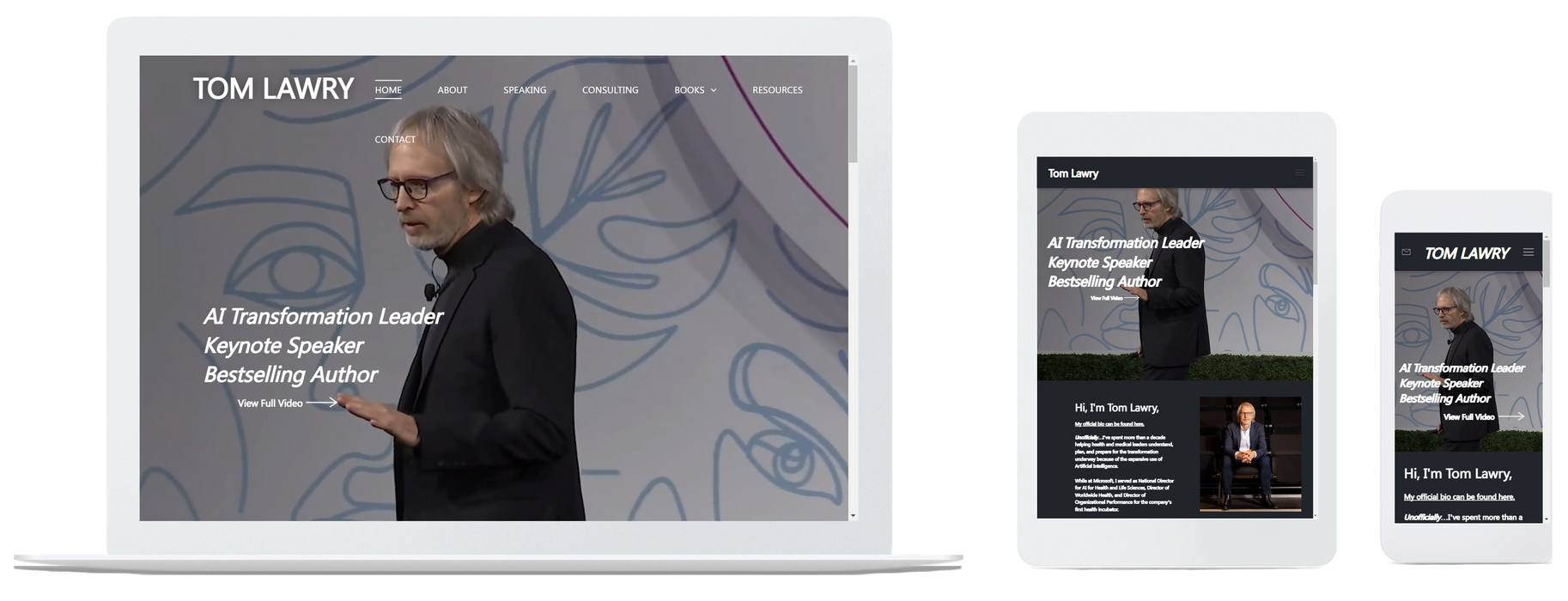A website content strategy is essential
Guide to Creating Website Content

A content strategy will guide your plans for the what, where, and when of content creation. Content is why people visit your website, and any redesign should be conducted with a content-first approach.
- Discover your distinctive value proposition
Your website ought to effectively convey the rationale and strategies behind your company, elucidating on how your services and approach provide added worth for your clientele. Your distinct value proposition should directly tackle these facets and distinguish you from other companies in the field. Utilize this value proposition as the bedrock for the content you create for your website. Make certain that your unique value proposition is prominently showcased and seamlessly integrated throughout your website content. Ensuring that your content is tailored and relevant to your target audience is imperative for the success of your site. - Target each of your personas
When developing website content, many companies focus on what they want to say rather than what their audience wants to read. It is crucial to create website content with your various audiences in mind and prioritize what matters most to them, as they are the true recipients of your content. Visualizing your buyer personas helps you understand the specific type of people you are trying to reach and gain insights into buyer behavior. By identifying your key buyer personas, you can craft personalized content that addresses their interests, needs, and goals. Your content should aim to answer their questions, educate them on industry subjects, and address their pain points. Remember that your website caters to multiple audiences, including prospects, clients, potential employees, business partners, and the media. Therefore, it is important to have content that caters to each of these groups. - Map content to the client lifecycle
Ensure your content guides visitors and potential customers through the sales journey. Your website should offer diverse content that caters to the specific inquiries or concer of prospects at different stages of the buyer's journey, from initial awareness to making a purchase and becoming brand advocates. For instance, a blog or thought leadership piece serves as a powerful tool to raise awareness, educate, and address general questions about your services or industry. However, when a prospect is evaluating your firm for potential collaboration, a case study or testimonial is more suitable to showcase the successful outcomes achieved for your clientele. - Use the right language
When crafting your content, it is crucial to communicate effectively with your target audience. Avoid the use of complex industry jargon and instead, opt for language that resonates with your readers. If your audience is technically inclined, it may be appropriate to incorporate technical terms; however, for the most part, it is recommended to utilize clear and straightforward language that showcases your expertise and familiarity with their field. In addition to blog articles and other forms of thought leadership content, your website copy should adopt a conversational tone rather than a formal one. Imagine you are engaging in a one-on-one conversation with a potential client, always keeping in mind that your content should focus on them and how you can assist them, rather than solely promoting yourself.
In today's digital world, having a strong website content strategy is absolutely crucial. It's what determines your search engine rankings and ensures that potential customers can find you. But it's not just about getting people to your site - it's about keeping them there. By focusing on the quality and relevance of your content, you can engage visitors and guide them through your website. By following these steps, you'll be well on your way to creating website content that not only boosts traffic, but also generates valuable leads for your business.







